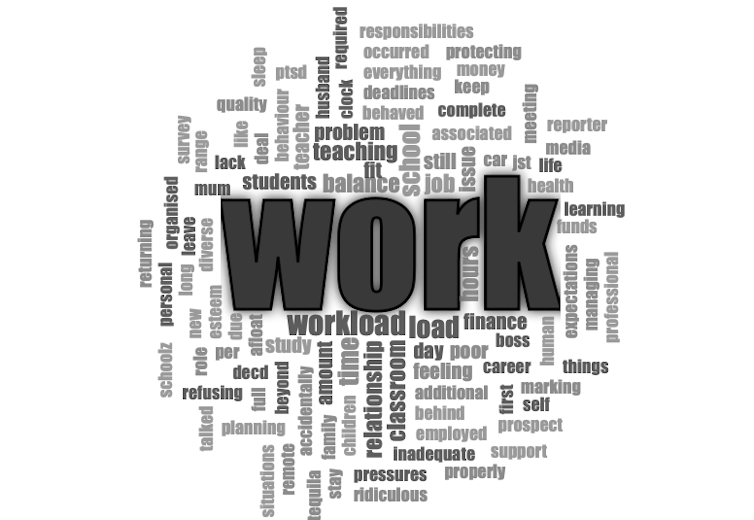
We examined the health and well-being of 166 Australian school teachers, aged 22-65, in an anonymous survey. Respondents revealed their work environment, workload and finances to be the most significant sources of stress.
Around 18% of respondents had symptoms that met the criteria for moderate to severe depression. Nearly 62% met criteria for moderate to severe anxiety while nearly 20% (19.75%) had severe anxiety. And 56% met criteria for medium to high severity of somatic symptoms. This is when the symptoms are physical and can include pain, nausea, dizziness and fainting.
Alarmingly, 17% screened positive for having probable alcohol abuse or dependence.
These rates are higher than the national averages. Around 10% of Australians experience depression over their lifetime, 13% experience anxiety, 5% are diagnosed with substance use disorders, and 7% are diagnosed with somatic symptom disorder.
The findings are concerning for a number of reasons, including that teachers are required to foster the emotional well-being of students. The Australian Curriculum requires teachers to address students’ personal and social capabilities. This includes teaching students to recognise and identify their own emotions, teaching emotional awareness, and relationship exploration and understanding.
But if a teacher’s mental health is affected, this may undermine their capacity to promote well-being in students.
Why are teachers so stressed?
One-quarter of Australians report they suffer stress. Previous surveys show sales support workers suffer the highest stress levels out of all occupations. Other professions experiencing high stress include hospitality, legal, social, health and welfare support workers.
But our research adds school teachers to the mix. This is supported by other studies indicating teachers are more susceptible to work-related stress, burnout and general psychological distress when compared to other occupations.
Along with assessing respondents on several measures of well-being, our study asked them to identify the most stressful thing in their lives. The word cloud below illustrates the frequency of teachers’ main concerns – of which “work” was dominant. The larger the fonts, the more frequently these were cited.

Chronic stress has many negative consequences, including putting sufferers at risk of long-term mental health disorders.
Several features may contribute to a stressful teaching environment. Studies have pointed to a lack of educational resources, difficulties with staff and parents, work overload, time pressure and behavioural challenges with students as contributing to teacher stress and burnout. This could contribute to, or exacerbate, existing mental-health issues.
Teachers may also be drinking as a form of stress relief. Other countries have reported alcohol use to be two to three times higher in teachers than in the general population. Research on work-related stress suggests high levels of work effort must be matched with high levels of rewards.
According to this model, an imbalance between effort and reward leads to increased emotional reactions and risk of mental-health problems.
Rewards can be financial, the chance for regular professional development, job security, as well as praise, approval and esteem. Teachers could be experiencing mental distress and its associated health implications if the demands of their job seem to exceed the rewards.
We know employees perform better when they have more control over their daily work schedules, flexibility and access to support when they need it.
We might see improvements in teachers’ coping and performance abilities if they are offered well-being programs, whether that be as professional development, access to paid gym memberships, or childcare support.
Attending to the mental health of teachers should be paramount. They are at the forefront of the education system and vital to supporting student success.
Psychology student Sarah Garby was involved in the research paper discussed in this article.
Peta Stapleton, Associate Professor in Psychology, Bond University
This article is republished from The Conversation under a Creative Commons license. Read the original article.
No comments:
Post a Comment